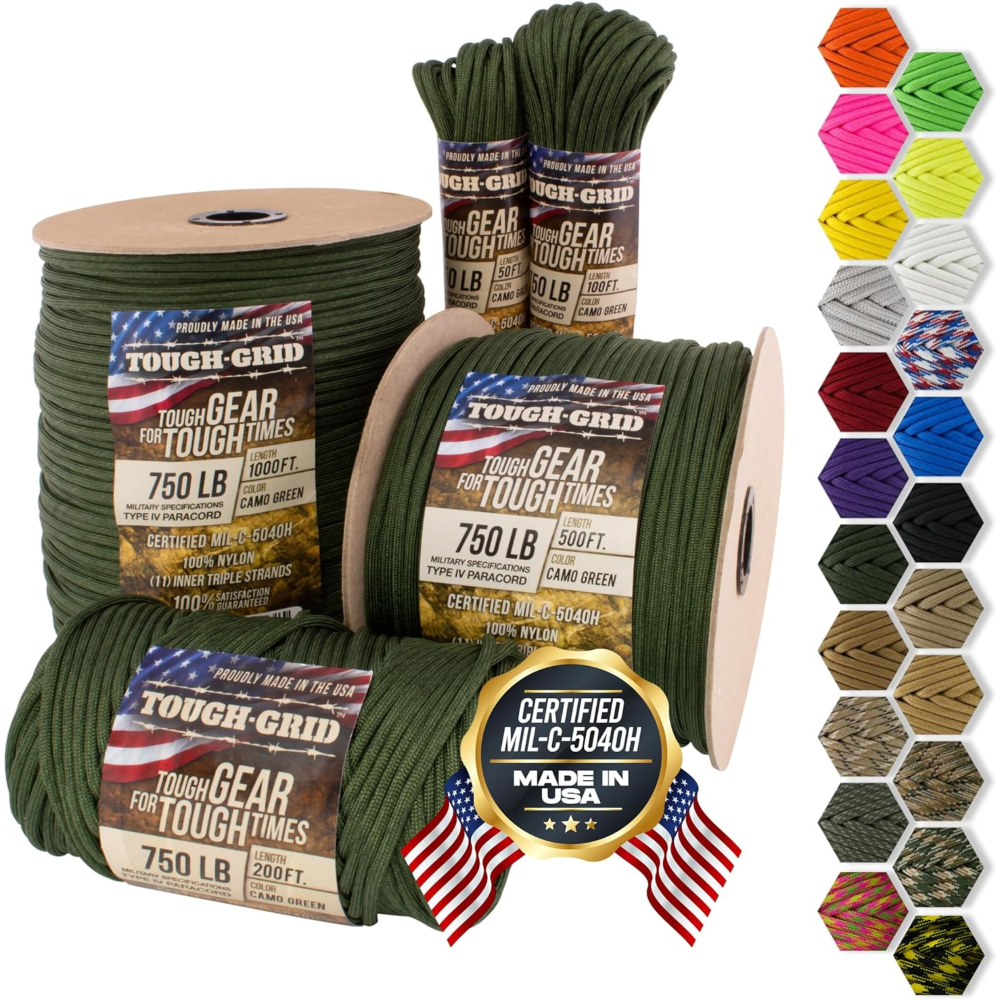Picture this: you’re deep in the woods, the sun is setting, and a sudden storm kicks up. Your tarp needs securing, your tent guy lines are loose, or perhaps a backpack strap just gave out. This is where a simple, strong cord can save the day. Paracord, short for parachute cord, is an amazing tool. It's truly a must-have for anyone venturing into nature.
However, walking into an outdoor store or browsing online shows a huge selection. With so many choices, picking the right paracord can feel confusing. Some cords look great but might not hold up. Choosing the wrong type could mean frustration or even a safety risk when you need it most.
This guide will help you sort through all the options. We'll show you exactly what to look for when picking paracord. Our goal is to make sure your next camping trip is safe, easy, and totally worry-free.
Understanding Paracord Types and Classifications
What is Paracord?
Paracord first came from the military. It was used in parachute suspension lines during World War II. This amazing rope is made from a nylon outer sheath with many individual strands inside. Its unique build makes it incredibly strong for its weight. Soon after, soldiers began using it for all sorts of survival tasks. This brought it into general use for outdoor lovers everywhere.
US Military Cordage Classifications
The military has strict rules for how strong paracord must be. These rules group paracord into different types, each with its own minimum breaking strength. Knowing these types helps you pick the right cord for the job.
- Type I: This cord holds at least 95 pounds. It's quite thin and great for light tasks. Think small repairs or tying up lightweight gear.
- Type II: A bit stronger, Type II can handle 400 pounds. You might use it for tougher bundles or hanging food bags from trees.
- Type III: This is the famous 550 cord. It has a minimum breaking strength of 550 pounds. Type III is the most common and useful for general camping. It truly balances strength and bulk.
- Type IV: The toughest of the bunch, Type IV paracord boasts a 750-pound breaking strength. This heavy-duty cord is for very demanding tasks. You might see it in bigger rigging or emergency situations requiring top strength.
For most camping needs, Type III (550 cord) hits the sweet spot. It offers plenty of strength without being too thick or heavy to carry.
Commercial vs. Military-Grade Paracord
Not all paracord is made equal. You'll find two main kinds: military-spec and commercial. Military-spec paracord meets strict government standards. It means consistent quality and reliable strength. Commercial paracord, though, can vary a lot in quality. Some brands make excellent commercial cord. Others sell weaker, less reliable versions.
Genuine military-spec paracord is the real deal if you need top reliability. It gets tested to ensure it holds up. Some commercial cords might look similar but have fewer inner strands or use cheaper materials. This can cause them to fail when you count on them most. Imagine trying to hang a bear bag with cheap cord that snaps! Always read reviews and check the brand's reputation for any outdoor gear, especially paracord.
Key Factors When Selecting Paracord
Material Composition
Most paracord you find will be made from nylon. Nylon is a fantastic material for camping cords. It offers excellent strength and a bit of stretch, which can be good for some uses. Nylon resists water pretty well, and it handles UV rays better than some other materials. Polyester is another option, though less common. Polyester stretches less than nylon, which can be great if you need super tight knots that won't give. However, nylon's slight stretch can absorb shock. This helps when tying down items in windy conditions. But sometimes, too much stretch makes your knots loosen, so pick wisely!
Sheath and Core Construction
The outer part of the paracord is called the sheath. This tightly woven cover protects the inner strands from damage. A good sheath resists scrapes and cuts. Inside, you'll find a bundle of smaller twisted strands, often 7 to 9 for Type III paracord. These inner strands are like the cord's muscles. Each one can be pulled out and used on its own.
These inner strands are incredibly useful. You can use them for finer tasks, such as fishing line, repairing torn gear, or even creating snares (if you know what you are doing!). A strong sheath means your cord won't fray easily. This is important when it rubs against rough tree bark or jagged rocks.
Breaking Strength and Working Load Limit
Knowing your paracord's strength is vital. Breaking strength is the most weight a cord can hold before it snaps. But for safety, you should never load a cord up to its breaking strength. Instead, we use a working load limit. This is the safe maximum weight the cord should hold during normal use.
The working load limit is usually much lower than the breaking strength. A common rule is that the working load limit is about one-fifth of the breaking strength. So, a 550-pound paracord should ideally only be used for loads up to about 110 pounds. Always pick paracord with a breaking strength well above what you think you'll need. This gives you a big safety margin.
Cord Diameter and Weight
Paracord comes in different thicknesses. The diameter impacts how strong the cord is, how flexible it feels, and how much space it takes up in your pack. Thinner cords are lighter and pack down small. They are useful for tiny tasks or when every ounce counts. However, they are not as strong. Thicker cords offer more strength but are heavier and bulkier.
For most camping trips, a standard 550 cord diameter works perfectly. It's strong enough for many jobs but still easy to pack and handle. If you need something for truly heavy lifting, consider a thicker cord. If you're backpacking light and only need fine cordage, a thinner option might be right for you.
Specialized Paracord Features for Camping
UV and Water Resistance
The sun's rays and constant dampness can harm your paracord over time. Regular nylon paracord can degrade from too much sun exposure. Water can lead to mildew or even rot if the cord stays wet for long periods. Look for paracord that has been treated for UV resistance. Some cords even come with special coatings to shed water better. These features help your cord last longer. It stays strong and ready for use trip after trip.
Color and Reflectivity
The color of your paracord is more than just a style choice. Bright colors, like neon orange or yellow, are easy to spot in an emergency. They can mark a trail or help someone find you. Darker colors blend into nature. This is good for stealthy setups or if you just prefer a natural look. Reflective paracord is another great feature. It has small reflective threads woven into the sheath. This makes your guy lines visible at night when a headlamp shines on them. This helps stop those annoying trips over tent lines in the dark.
Durability and Abrasion Resistance
A good camping cord must be tough. It should stand up to rubbing against rough surfaces. The way the sheath is woven, and the material it's made from, decide how well it resists wear. A tightly woven sheath protects those important inner strands. It keeps the cord from fraying when dragged over rocks, tree branches, or other rough parts of your campsite. High-quality paracord will have a smooth, firm feel. This often means it's built to last and can handle the rough-and-tumble of outdoor life.
Practical Applications of Paracord While Camping
Shelter Construction
Paracord is your best friend when it comes to setting up camp. You can use it to pitch your tent, secure a tarp as a rain fly, or even build a quick emergency shelter. It makes strong guy lines for tents and tarps, keeping them taut and stable in bad weather. Learning a few simple knots helps here. For instance, the taut-line hitch lets you adjust the tension on your guy lines quickly. This keeps your shelter snug all night long.
Gear Management and Repair
Beyond shelters, paracord helps keep your gear organized and functional. String it between two trees to create a ridgeline. This makes a perfect clothesline for drying wet gear. You can secure heavy loads to your pack or a vehicle. It's also fantastic for quick repairs. A broken backpack buckle? Use paracord to fashion a temporary fix. Got a torn shoe lace? Paracord can step in there too. It really does help you out of many small jams.
Emergency Preparedness and Survival
In a true survival situation, paracord is priceless. You can pull out the inner strands to start a fire by friction, create fishing line, or even sew up a tear in your clothing. With the right skills, it can be used for building snares or making a makeshift sling for an injured limb. We highly recommend learning some basic paracord knots and survival techniques. Do this before you head into the backcountry. It really boosts your readiness for anything.
Making Your Final Paracord Purchase
Where to Buy Paracord
You have several good options when it's time to buy paracord. Outdoor gear stores often carry quality brands. Military surplus stores are a great spot for genuine military-spec cord. Online marketplaces also offer a huge range. When buying online, always read customer reviews carefully. Check seller ratings too. This helps ensure you're getting authentic, strong paracord and not a cheap imitation.
Identifying Fake or Low-Quality Paracord
Be smart to avoid buying fake paracord. Watch out for prices that seem too good to be true. Real, quality paracord has a fair price. Low-quality cord often has a loose or uneven sheath weave. It might feel flimsy in your hands. Another big clue is the inner strands. Genuine 550 cord usually has seven distinct inner strands. Fake paracord might have fewer strands, or they may be made of weaker materials like cotton. Always inspect the cord closely before you depend on it.
Cost vs. Value
The cost of quality paracord is usually quite low. Think of it as a small investment in your safety and comfort. Spending a few extra dollars on a reliable cord is always a good idea. Cheap, weak cord can fail at the worst possible moment. A high-quality paracord, on the other hand, can provide peace of mind. It’s an essential piece of safety equipment, not just a simple accessory.
3 of the Top Paracords Available on Amazon
We hope you find your next awesome thing from the list below! Each product was independently selected by our editors. Some may have been sent as samples for us to fiddle with, but all opinions in this article are our own. Oh, and FYI — AnnesAnalytics may collect a share of sales or other compensation from the links on this page if you decide to buy something (that's how we stay in business). Reviews have been edited for length and clarity. Enjoy finding your next awesome thing.
Why We Love This
This strong paracord improves your camping. It works for many tasks. Wrap tools or secure your tent with ease. It is great for emergency needs too. This tough nylon cord offers steady power. It helps you face any outdoor challenge.
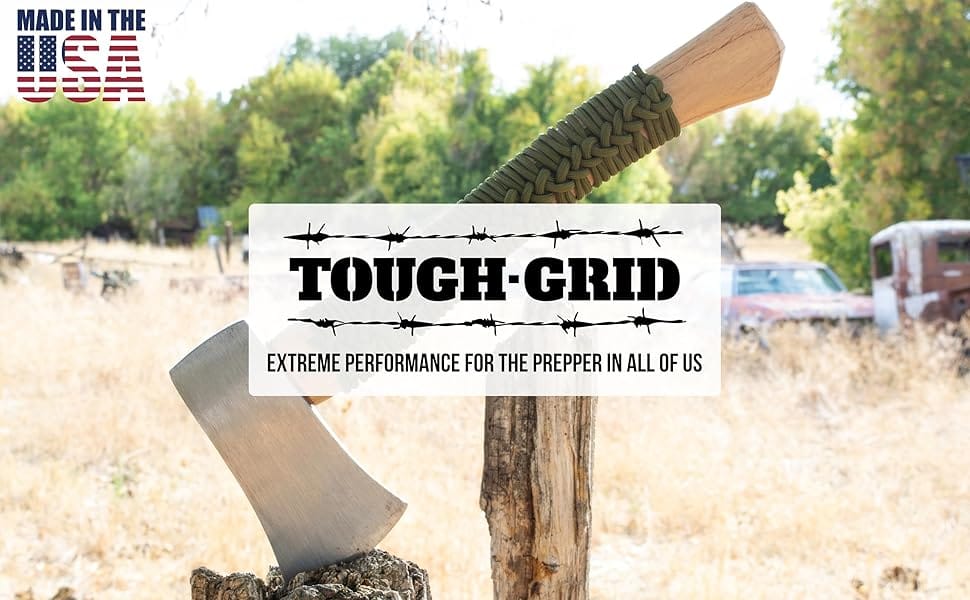
Encouraging Review
"All in all, I'm extremely satisfied with this rope. It's well-made, meets the advertised specifications, and is available in a wide range of colors and patterns." Amazon Review by Pete S.
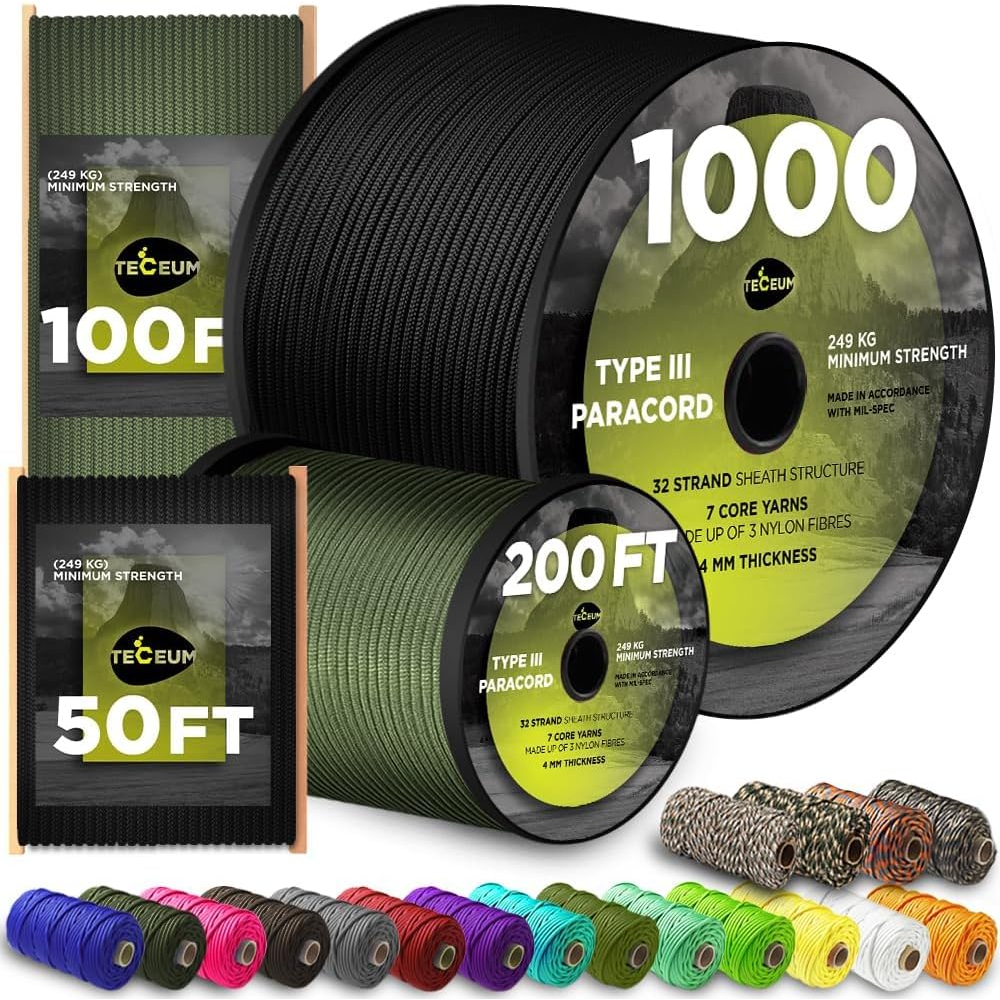
TECEUM 5/32" Paracord Rope 1000
1000ft / 200ft / 100ft / 50ft – Tactical Parachute Cord 4mm – 45+ Colors – Nylon String for Survival & Camping Gear
Why We Love This
Our paracord is made from very strong materials. This makes it truly durable. It stands up to bad weather conditions. Sun, rain, or snow won't hurt it. You get years of use from this cord. Its color stays bright. It resists UV light and fading.
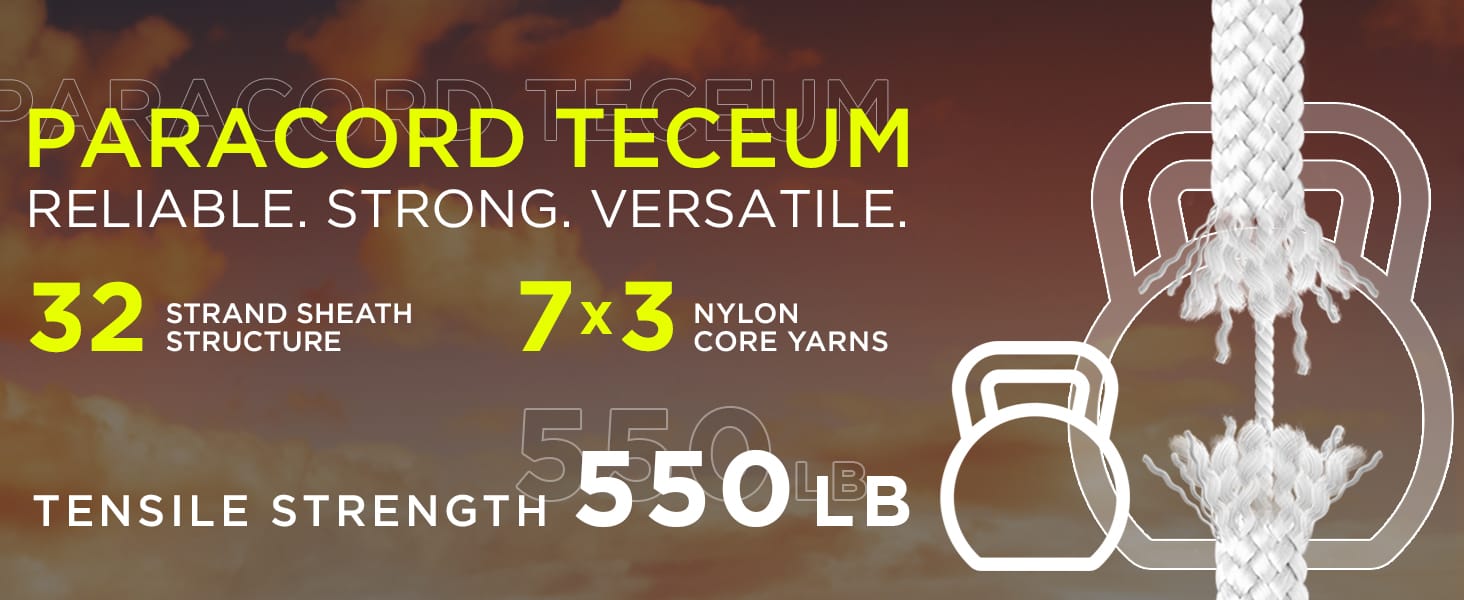
Encouraging Review
"We love this product! Comes in handy on the boat, RV at home. So many uses and does not fade or fray! Great quality!" Amazon Review by Karen Martin
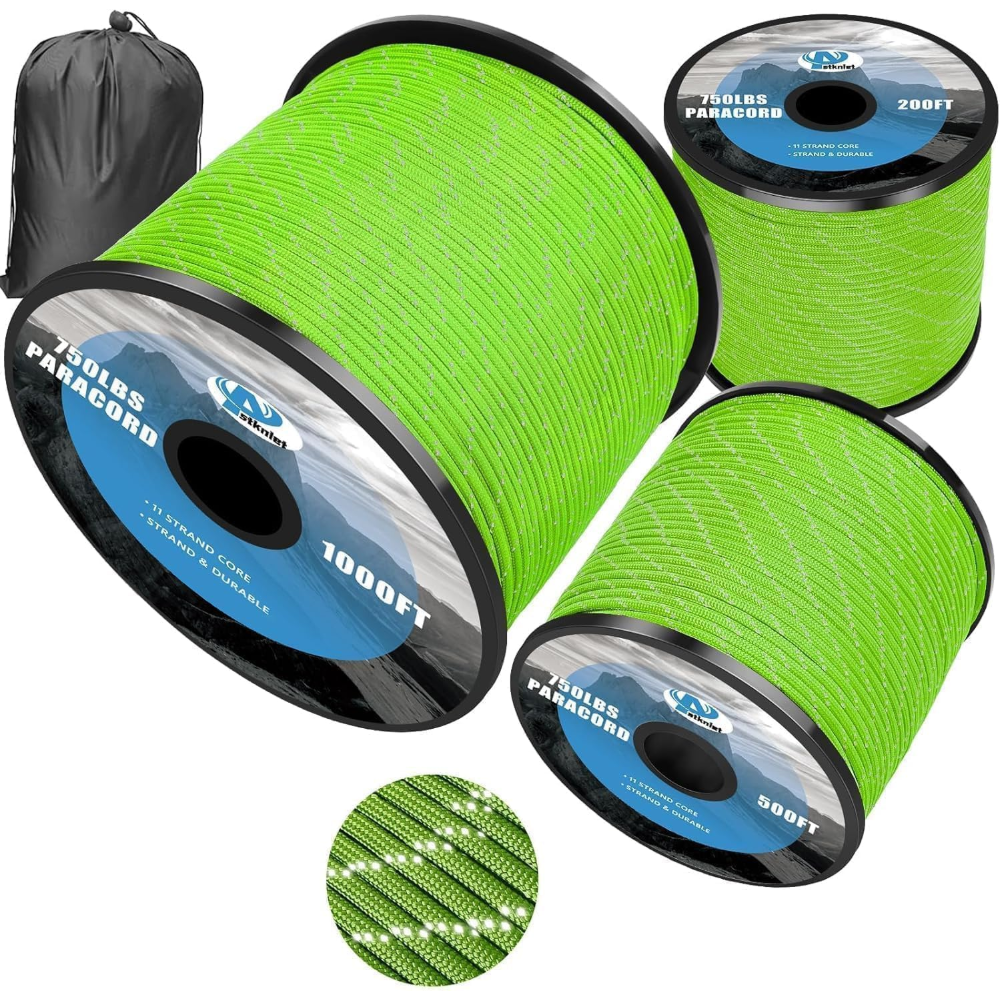
750Ib Reflective Paracord Rope, 100' 200' 500' 1000'
4mm 11 Strand Parachute Spool Cord with Collecting Bag, para Cord Lanyard for Hammock, Camping
Why We Love This
This is real 750lb paracord. It has a tough 32-strand outer layer. Inside, you will find an 11-strand core. Each inner strand has 3 smaller parts. This design gives you 200 more pounds of strength. That is compared to 550 paracord. It measures 5/32 inches thick, or 4mm. This cord is strong and lasts a long time. It feels smooth to the touch. Sun and fading will not harm it. It also resists fraying from rubbing.
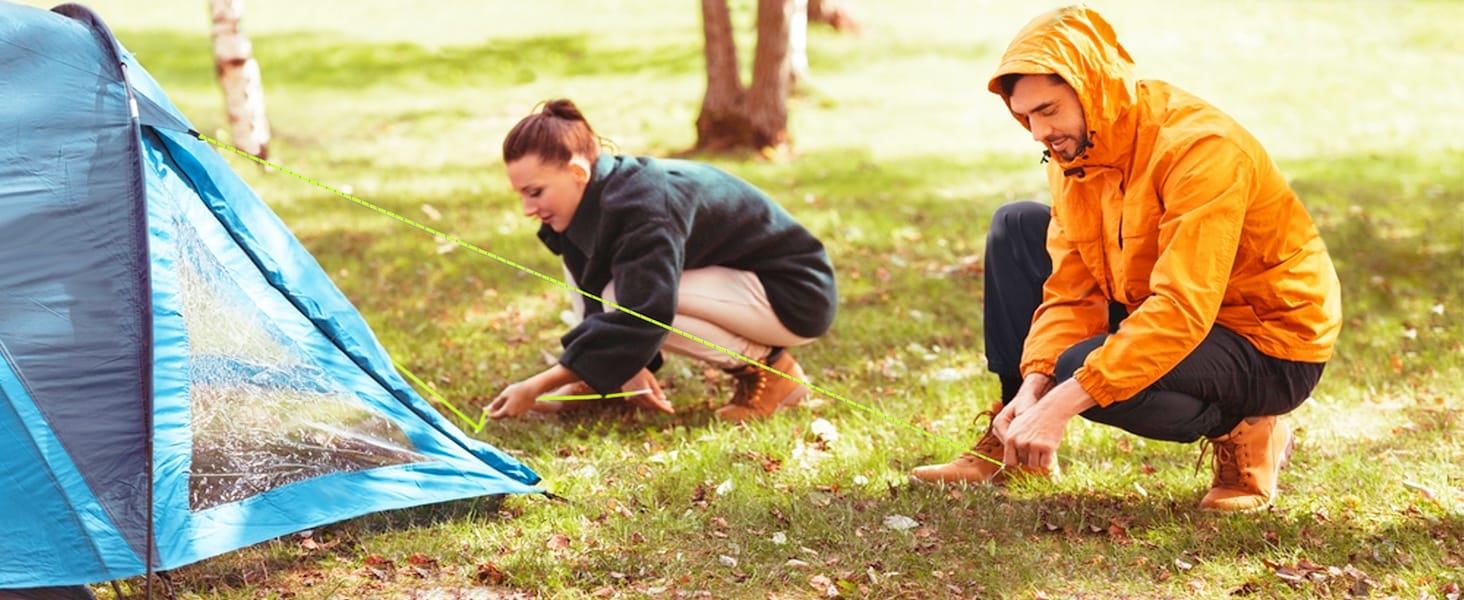
Encouraging Review
"Shipping on the paracord was fast, within 2 days. I received it in a nice box on a spool, not loose in a bag. The paracord is a bright white, nice quality with HIGHLY reflective cords weaved evenly though it. The paracord has many uses and will last a long time and with the reflective tracers you get that extra added safety. I used two colors for the binders on the sides of my biker vest for better visibility for night riding." Amazon Review by Titanium John
Conclusion
Choosing the right paracord for your camping trip means knowing its types and properties. It truly helps to match the cord to what you need it for. Remember that factors like breaking strength, strong sheath construction, and special features are key. UV resistance and reflectivity make a big difference outdoors. Pick your paracord carefully, making quality a top priority. This will ensure your next adventure is secure, fun, and totally enjoyable.
Frequently Asked Questions
What is paracord, and why is it good for camping?
Paracord is strong, lightweight rope. It's made of a nylon outer sheath and inner strands. This makes it versatile for many outdoor needs.
How many inner strands should paracord have for camping?
For general camping, paracord with 7 to 9 inner strands is usually best. More strands offer greater strength and can be separated for finer tasks.
What's the difference between Type III and Type IV paracord?
Type III (550 cord) is the most common for camping. Type IV is stronger with more inner strands, useful for heavy-duty tasks or survival situations.
Does paracord's color matter for camping?
Color can affect visibility. Bright colors help you find your gear. Earth tones blend in more.
How much paracord do I need for a camping trip?
It depends on your planned uses. A good rule of thumb is 50 to 100 feet for basic needs. Bring extra if you plan on building shelters or extensive gear repair.


